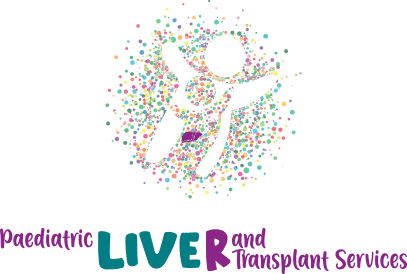Nutrition is more than just food—it is medicine, especially in children with liver disease. For paediatric patients, the liver plays a vital role in digestion, nutrient metabolism, energy storage, and detoxification. When liver function becomes impaired, nutrition is often one of the first and most severely affected domains. In recognition of World Liver Day on April 19th, we highlight why nutritional assessment, support, and intervention must be central to the management of paediatric liver disease.
The Vicious Cycle: Liver Disease and Malnutrition
Children with chronic liver disease are at high risk for malnutrition, which in turn worsens outcomes by impairing immunity, delaying healing, and increasing complications both pre- and post-transplant. Malabsorption of fats and fat-soluble vitamins, increased energy demands due to inflammation, and reduced oral intake from nausea or early satiety all contribute to this nutritional decline.
Signs such as poor weight gain, stunting, or loss of muscle mass—especially a declining mid-upper arm circumference (MUAC)—should raise concern. In fact, in transplant candidates, malnutrition is an independent risk factor for increased morbidity and mortality.
Nutritional Goals in Paediatric Liver Disease
Nutritional management in paediatric liver disease has three key aims:
- Prevent further nutritional deterioration by early and frequent assessment.
- Provide adequate energy and protein to support growth and development.
- Correct deficiencies in micronutrients like vitamins A, D, E, K, zinc, and selenium.
Individualised Nutritional Support
The nutritional needs of children with liver disease vary depending on the type and severity of the liver condition:
- Compensated disease: High-calorie diets with oral supplements may suffice.
- Cholestatic liver disease: Requires specialized formulas rich in medium-chain triglycerides (MCTs) and supplementation of fat-soluble vitamins.
- Decompensated disease or waiting for transplant: May require nasogastric feeding or even parenteral nutrition to achieve goals.
- Post-transplant: Focus shifts to restoring lean body mass, supporting wound healing, and tapering off nutritional support as oral intake improves.
The Role of the Multidisciplinary Team
Optimal care requires a coordinated team that includes:
- Paediatric hepatologists or gastroenterologists
- Dietitians skilled in liver disease
- Nurses, social workers, and transplant coordinators
Monitoring should include:
- Regular anthropometry (MUAC, weight-for-length, z-scores)
- Biochemical markers (prealbumin, micronutrient levels)
- Frequent review of feeding tolerance and growth trends
The Takeaway for Physicians and Advocates
Whether you’re a GP, paediatrician, or an advocate for liver health, the message is clear: nutrition must be prioritised as part of every paediatric liver disease management plan. For families already under the stress of a potential transplant, nutrition is one area where timely intervention can significantly change the trajectory of a child’s life.
This World Liver Day, let us commit not just to diagnosing liver disease early—but also to nourishing these young lives back to strength, stability, and ultimately, survival.

